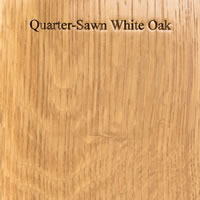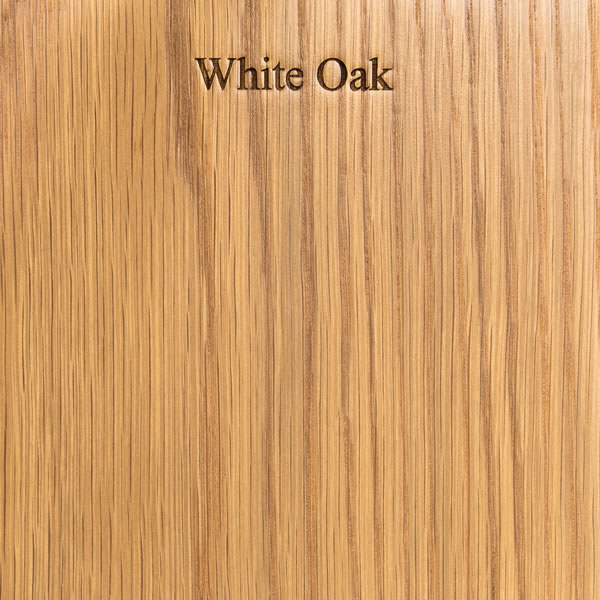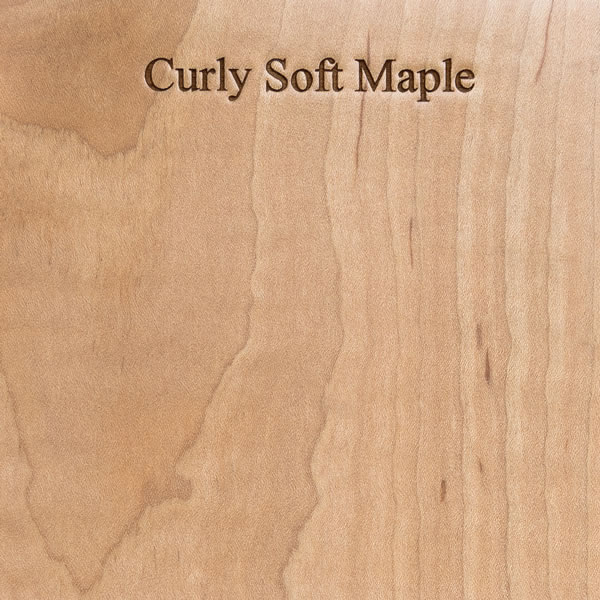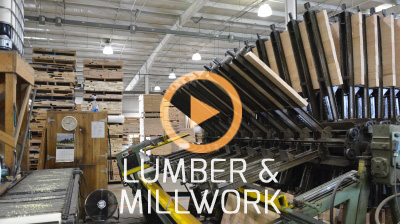
Quarter Sawn White Oak
General Description:
The sapwood is light-colored and the heartwood is light to dark brown. White oak has a medium to coarse texture, with longer rays than red oak. White oak therefore has more figure.
The grain of quarter sawn white oak includes decorative effects such as ray flecks, interlocking, and wavy “ribbon” patterns, which are often featured in fine furniture and cabinetry. Quarter Sawn boards are also more stable and are less likely to cup or shrink.
Common Uses:
- Furniture
- Flooring
- Architectural millwork
- Mouldings
- Doors
- Kitchen cabinets
- Paneling
- Barrel staves (tight cooperage)
- Caskets
Available in:
- 4/4
- 5/4
- 6/4
- 8/4


White Oak
General Description:
The sapwood is light-colored and the heartwood is light to dark brown. White oak is mostly straight-grained with a medium to coarse texture, with longer rays than red oak. White oak therefore has more figure.
Common Uses:
- Furniture
- Flooring
- Architectural millwork
- Mouldings
- Doors
- Kitchen cabinets
- Paneling
- Barrel staves (tight cooperage)
- Caskets
Available in:
- 4/4
- 5/4
- 6/4
- 8/4


Sycamore
General Description:
The sapwood of sycamore is white to light yellow, while the heartwood is light to dark brown. The wood has a fine close texture with interlocked grain. Contrasts well with other species.
Common Uses:
- Furniture
- Furniture parts (drawer sides)
- Millwork
- Paneling and mouldings
- Flooring
- Kitchenware
- Butcher blocks
- Toys
- Fruit crates
Available in:
- 4/4
- 4/4 Quarter and Rift Sawn
- 5/4


Walnut
General Description:
The sapwood of walnut is creamy white, while the heartwood is light brown to dark chocolate brown, occasionally with a purplish cast and darker streaks. The wood develops a rich patina that grows more lustrous with age. Walnut is usually supplied steamed, to darken sapwood. The wood is generally straight-grained, but sometimes with wavy or curly grain that produces an attractive and decorative figure. This species produces a greater variety of figure types than any other.
Common Uses:
- Furniture
- Cabinets
- Architectural millwork
- Doors
- Flooring
- Paneling
- Gun stocks
Available in:
- 4/4
- 5/4
- 6/4
- 8/4


Curly Soft Maple
General Description:
In most respects, soft maple is very similar to hard maple. Generally the sapwood is greyish-white, sometimes with darker colored pith flecks. The heartwood varies from light to dark reddish-brown. The wood is usually straight-grained. The lumber is generally sold unselected for color.
“Curly” Soft maple is not actually its own species, but is simply a description of the pattern or figure in the grain of the wood. The “curly” description comes from the ripples in the grain that create a three dimensional effect, making the grain appear as if it has “curled” along the length of the board.
Common Uses:
- Furniture
- Paneling and millwork
- Kitchen cabinets
- Mouldings
- Doors
- Musical instruments
- Turnings
Available in:
- 4/4












